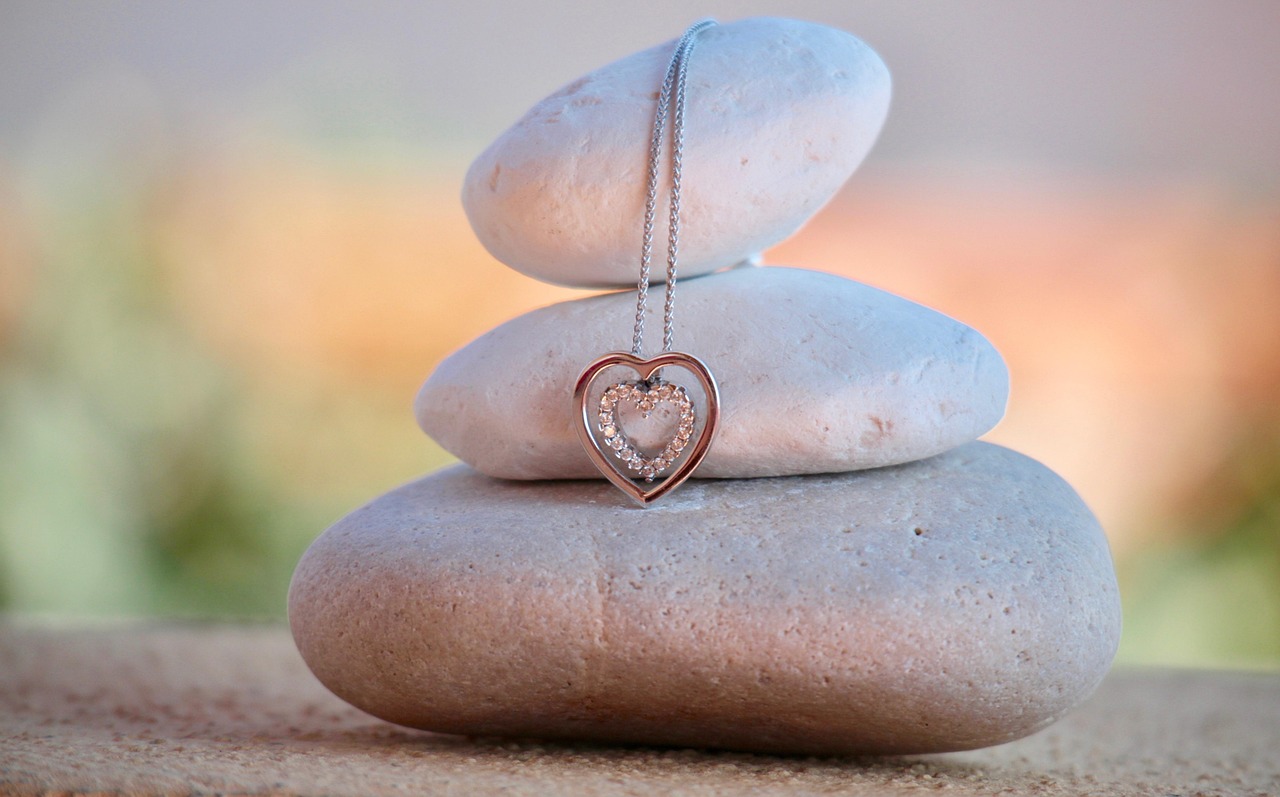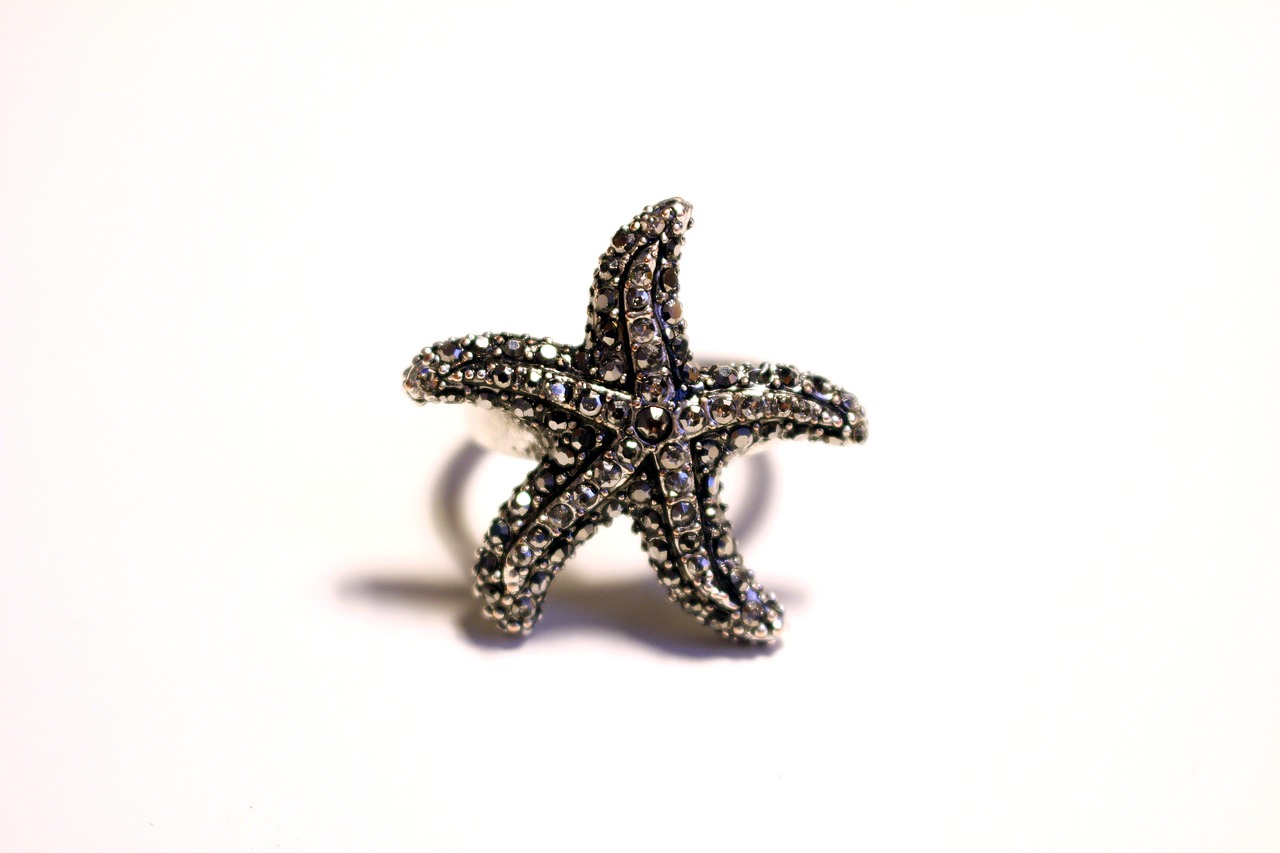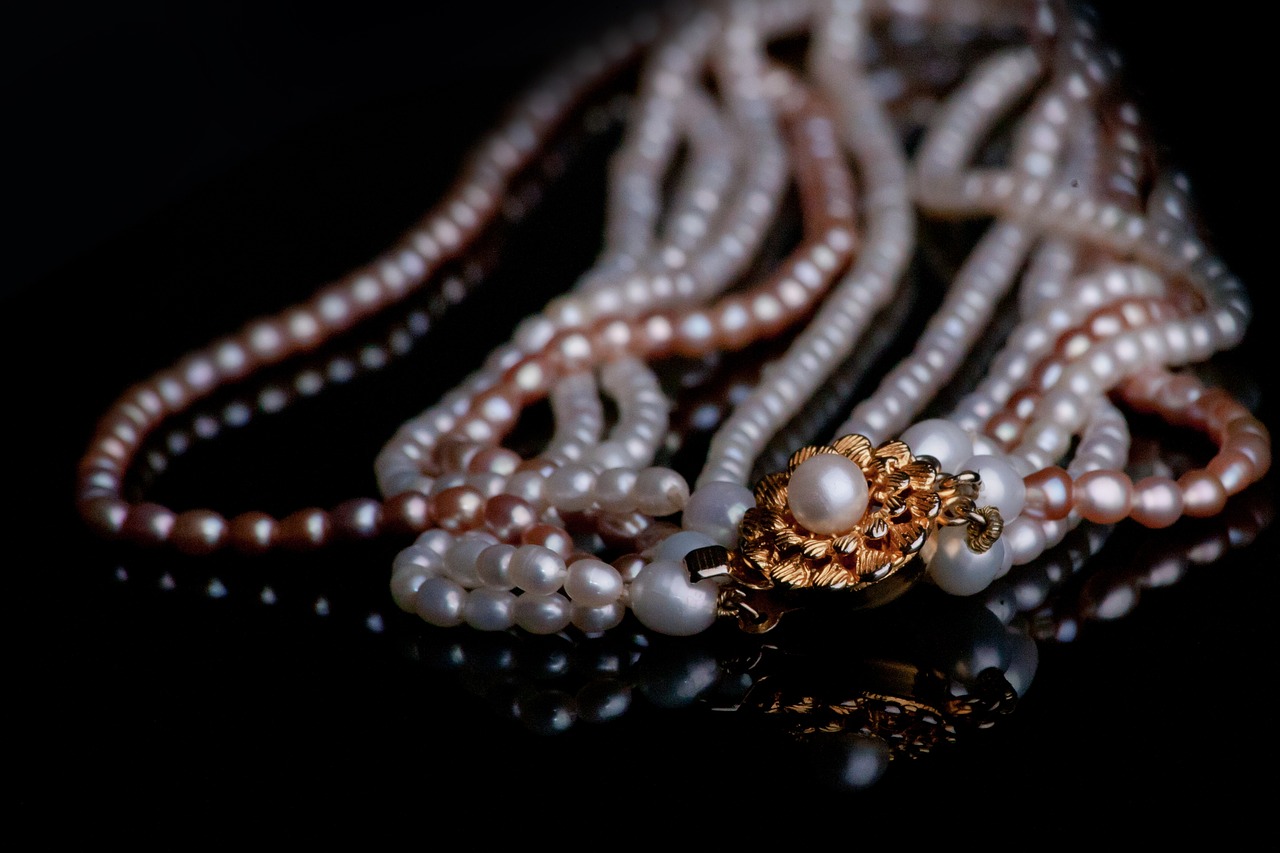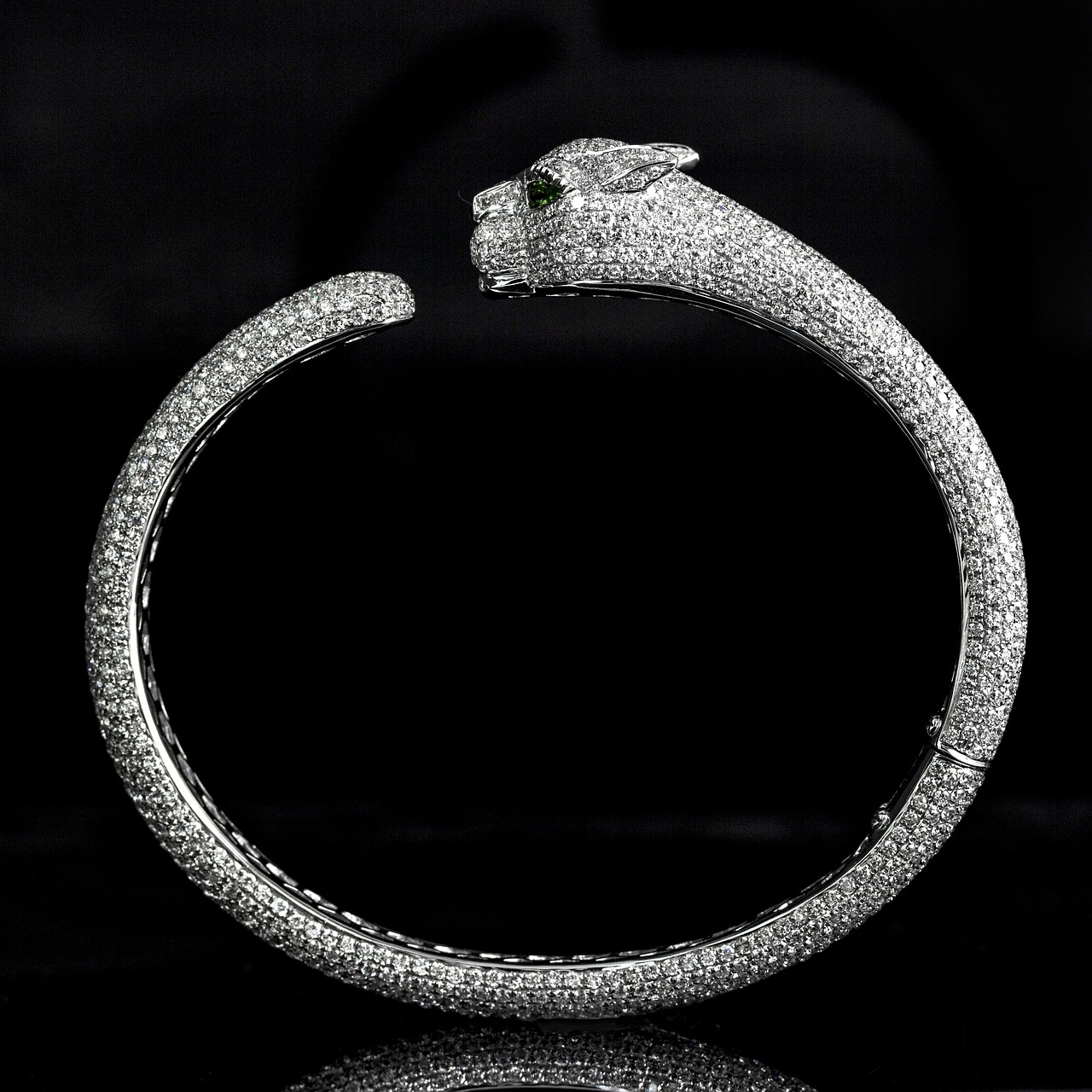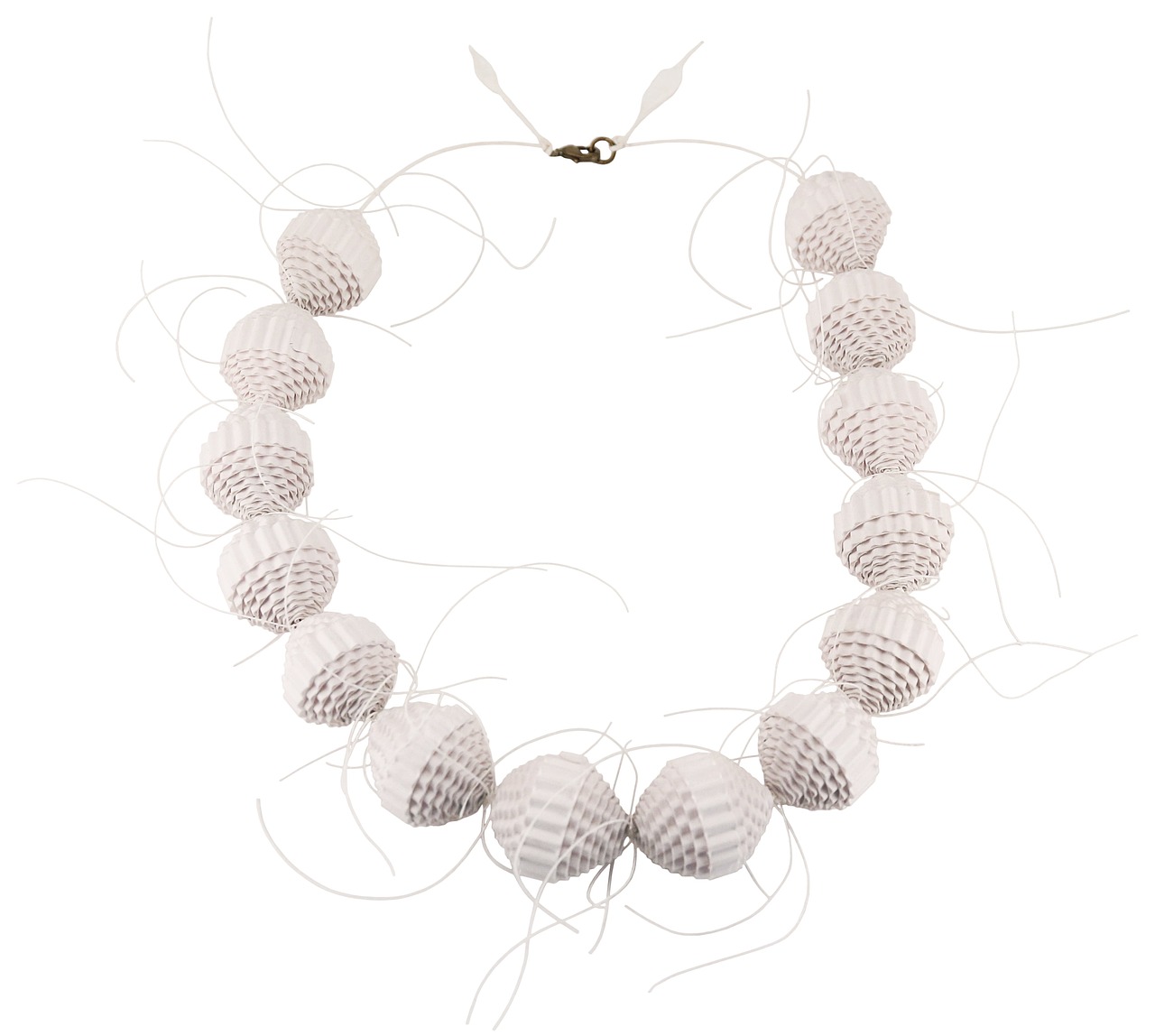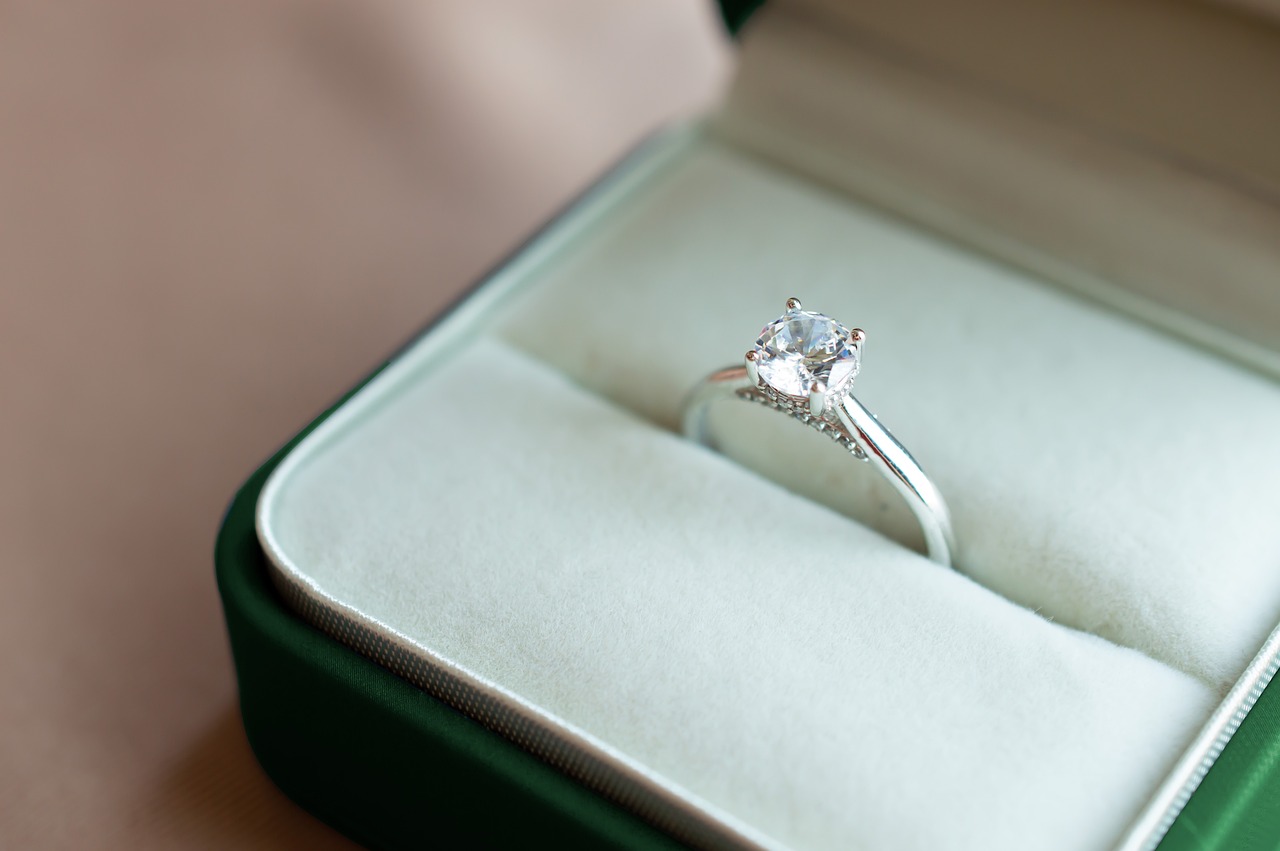Jewelry has been an integral part of human culture for centuries, serving not just as adornments but as symbols of deeper meanings. From ancient civilizations to modern fashion, the types of jewelry we wear reflect our beliefs, traditions, and personal identities. This article will explore the intricate symbolism and cultural significance behind various types of jewelry, enriching your understanding of these beautiful adornments.
Gold jewelry has long been a symbol of wealth and prosperity. Its luster and durability signify permanence and value, making it a popular choice for significant life events such as weddings and anniversaries. In many cultures, gold is also associated with the divine, often used in religious artifacts and ceremonial items.
Silver jewelry embodies elegance and simplicity. Its versatility allows for a range of designs that can suit various occasions, making it a staple in many cultures. Silver is often viewed as a representation of purity and clarity, and its reflective quality is believed to enhance the wearer’s intuition.
Gemstones are not just visually stunning; they hold deep meanings and are often linked to specific properties. For example, diamonds symbolize eternal love, while emeralds are associated with rebirth and fertility. Each stone carries unique energies that can influence the emotions and well-being of the wearer.
Birthstones are linked to specific months and are believed to bring good luck and positive energy. They often serve as personal talismans, reflecting individual identity and experiences. Many people choose to wear their birthstone as a way to connect with their personal narrative and heritage.
Healing crystals are often incorporated into jewelry, believed to possess metaphysical properties. Many individuals wear them to promote emotional well-being and spiritual growth. For instance, amethyst is said to enhance calmness, while rose quartz is known for attracting love and compassion.
Cultural heritage plays a significant role in jewelry selection. Different cultures have unique traditions and meanings attached to specific pieces. For example, in India, traditional wedding jewelry is rich in symbolism, often showcasing intricate designs that tell stories of love and commitment.
Wedding jewelry varies globally, often rich in symbolism. From engagement rings to bridal necklaces, these pieces represent love, commitment, and cultural beliefs. In many cultures, the materials and designs used hold specific meanings, reflecting societal values and traditions.
Many modern jewelry designs incorporate ancestral symbols, reflecting a connection to heritage. These designs honor traditions while appealing to contemporary aesthetics. By wearing such pieces, individuals can express their identity and celebrate their roots.
Statement jewelry is bold and eye-catching, often used to express individuality. It reflects personal style and can convey messages about confidence and empowerment. Wearing statement pieces allows individuals to showcase their unique tastes and make a lasting impression.
Fashion trends significantly influence jewelry meanings. As styles evolve, the significance of certain pieces can shift, reflecting societal changes and personal expressions. Staying attuned to these trends can help individuals select jewelry that resonates with their current lifestyle and values.
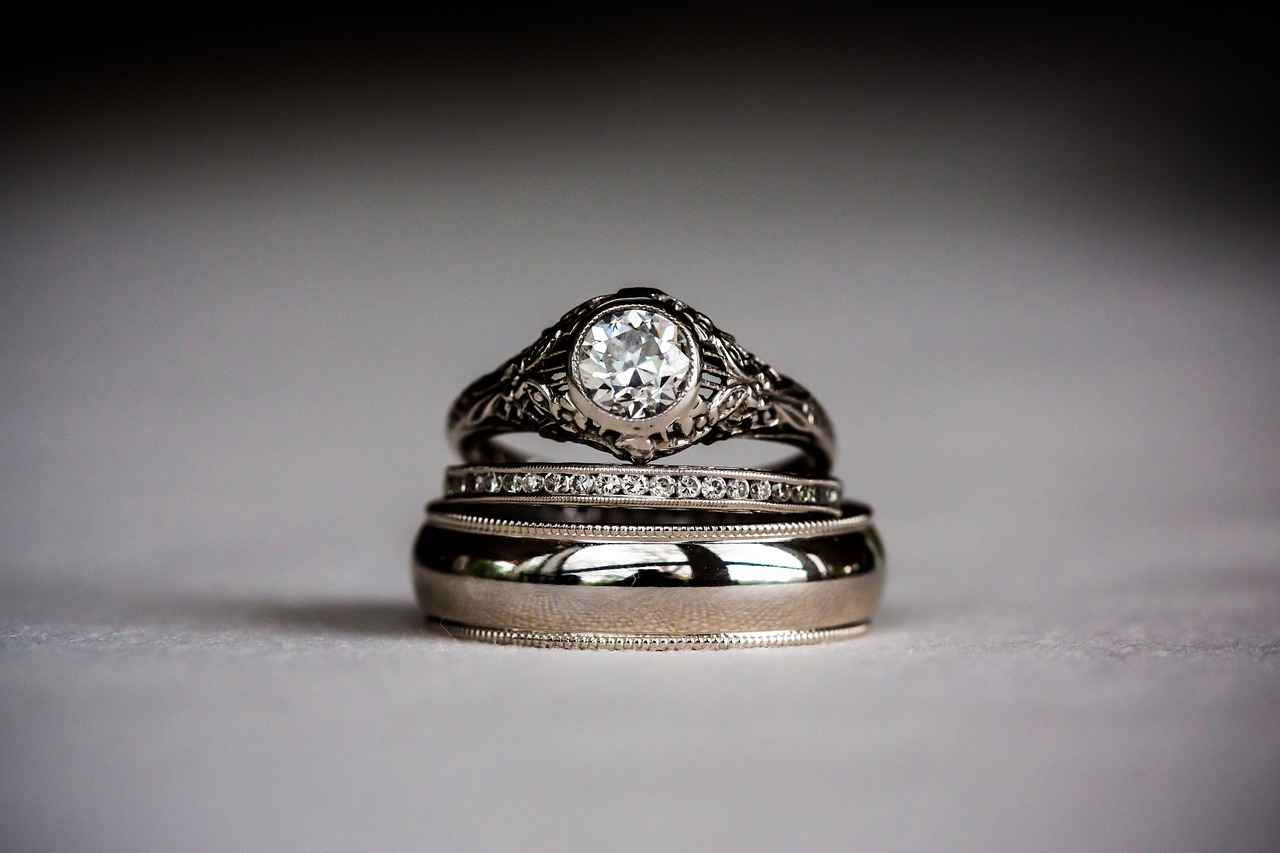
What Does Gold Jewelry Represent?
Gold jewelry has held a significant place in human culture for centuries, often symbolizing wealth and prosperity. Its unique properties and aesthetic appeal make it a coveted choice for various occasions, particularly during milestones such as weddings, anniversaries, and graduations. This article explores the deeper meanings associated with gold jewelry, examining its historical significance and cultural relevance.
Gold jewelry is not merely an accessory; it embodies a rich tapestry of tradition and symbolism. The color gold is often associated with the sun, representing vitality and energy. In many cultures, gold is viewed as a symbol of divine connection, prosperity, and eternal love. Its enduring nature signifies permanence, making it a popular choice for significant life events.
- Wealth and Status: Historically, gold has been a measure of wealth. It has been used by royalty and the elite to showcase status. Wearing gold jewelry can signify economic prosperity and social standing.
- Symbol of Love: In many cultures, gold rings are exchanged during marriage ceremonies, symbolizing commitment and eternal love. The circular shape of rings represents infinity, making them a perfect emblem of everlasting bonds.
- Spiritual Significance: Gold is often used in religious artifacts and ceremonies. Its radiant quality is thought to attract positive energy and divine favor, making it a popular choice for talismans and amulets.
The allure of gold jewelry also lies in its versatility. From intricate designs to minimalist styles, gold can be fashioned into a variety of forms, appealing to diverse tastes and preferences. This adaptability allows individuals to express their unique identities while still embracing the rich heritage associated with gold.
Choosing gold jewelry for special occasions is a time-honored tradition. Its rich hue and luxurious feel make it an ideal choice for significant life events. Whether it’s a wedding, a milestone birthday, or a graduation, gold jewelry serves as a lasting reminder of cherished moments.
- Timelessness: Gold does not tarnish or corrode, ensuring that pieces can be passed down through generations, becoming family heirlooms.
- Investment Value: Beyond its beauty, gold holds intrinsic value. Purchasing gold jewelry can be seen as a wise investment, often appreciating over time.
- Emotional Connection: Gold jewelry often carries sentimental value, representing love, commitment, and shared memories.
Moreover, gold jewelry is often personalized, allowing wearers to add unique touches that reflect their personal stories. Engravings, custom designs, and incorporation of birthstones can enhance the emotional significance of these pieces.
Gold jewelry is deeply intertwined with cultural heritage. Different cultures have unique traditions surrounding the use of gold, often incorporating it into rituals and celebrations. For example, in Indian culture, gold jewelry is an essential part of wedding attire, symbolizing prosperity and good fortune. Similarly, in African cultures, gold is often worn during significant ceremonies, representing wealth and status.
As global trends evolve, the significance of gold jewelry continues to adapt, reflecting contemporary values while honoring traditional meanings. This dynamic interplay between past and present makes gold jewelry a fascinating subject of study.
In conclusion, gold jewelry represents much more than mere adornment. It is a powerful symbol of wealth, love, and cultural identity. Its timeless appeal and enduring value make it a cherished choice for individuals seeking to celebrate life’s significant moments.

Why is Silver Jewelry Considered Timeless?
Silver jewelry has captivated individuals for centuries, embodying a unique blend of elegance and simplicity. Its timeless appeal is not merely a matter of aesthetics; it is deeply rooted in cultural significance and versatile design. This article explores why silver jewelry is considered a staple in various cultures and how it represents values such as purity and clarity.
One of the primary reasons silver jewelry is cherished is its versatility. It can be crafted into a multitude of styles, from delicate and understated pieces to bold statement items. This adaptability allows silver to complement a variety of outfits and occasions. Whether worn casually or for formal events, silver jewelry can effortlessly enhance any look.
Throughout history, silver has been associated with purity and clarity. Many cultures believe that silver possesses protective qualities, warding off negativity and promoting a sense of serenity. This symbolism is particularly evident in spiritual practices where silver is used in rituals and ceremonies, reinforcing its status as a material of choice for meaningful adornments.
Silver jewelry holds a significant place in numerous cultures around the world. For instance, in many Indigenous communities, silver is not just a decorative element but a representation of identity and heritage. Traditional designs often incorporate intricate patterns that tell stories of ancestry, making each piece unique. This connection to cultural heritage adds depth to silver jewelry, enriching its value beyond mere aesthetics.
The craftsmanship involved in creating silver jewelry contributes significantly to its allure. Artisans often employ traditional techniques passed down through generations, resulting in pieces that are not only beautiful but also meaningful. The attention to detail and the skillful execution of designs enhance the overall quality, making silver jewelry a treasured possession for many.
- Durability: Silver is a sturdy metal that can withstand daily wear, making it an excellent choice for everyday jewelry.
- Hypoallergenic: Unlike some metals, silver is less likely to cause allergic reactions, making it suitable for sensitive skin.
- Affordability: Silver jewelry often comes at a more accessible price point compared to gold, allowing for a wider range of options.
- Timelessness: The classic appeal of silver ensures that it never goes out of style, making it a wise investment for any jewelry collection.
To maintain the beauty and luster of silver jewelry, proper care is essential. Here are some tips:
1. Store silver pieces in a cool, dry place away from direct sunlight.2. Use a soft cloth to clean silver jewelry regularly to prevent tarnishing.3. Avoid exposure to harsh chemicals, perfumes, and lotions.4. Consider using anti-tarnish pouches for long-term storage.
In conclusion, silver jewelry’s combination of elegance, simplicity, and cultural significance makes it a timeless choice for adornment. Its versatility allows for a wide range of designs, appealing to diverse tastes and styles. Whether as a personal accessory or a meaningful gift, silver jewelry continues to hold a special place in the hearts of many.
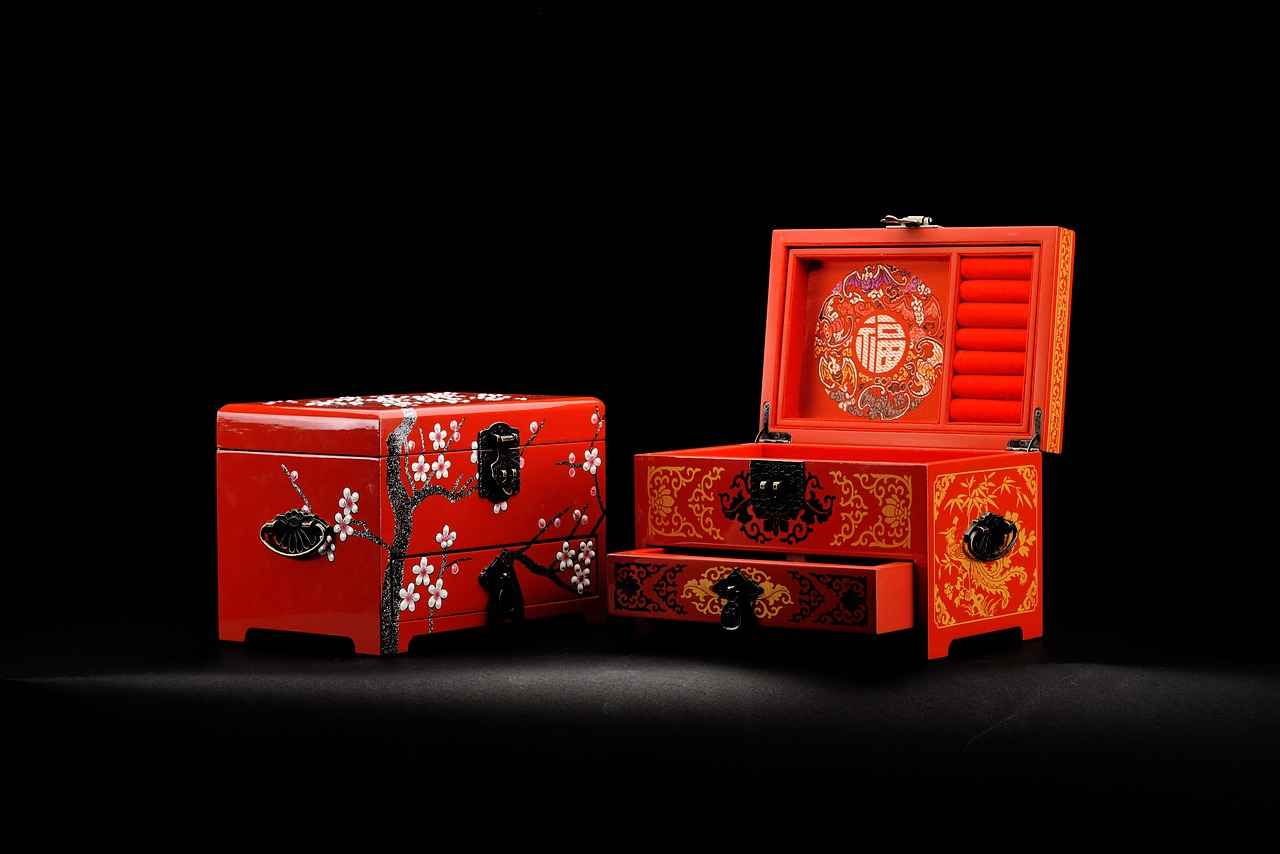
What is the Significance of Gemstones in Jewelry?
Gemstones are not merely stunning visual elements in jewelry; they are imbued with deep meanings and symbolism that transcend their beauty. Each gemstone is believed to possess unique properties that can influence the emotions and energies of the wearer. This article explores the significance of gemstones in jewelry, shedding light on their historical, cultural, and personal meanings.
Many cultures have long believed in the healing properties of gemstones. For instance, amethyst is often associated with tranquility and balance, while rose quartz is thought to promote love and compassion. Wearing these stones is not just a fashion statement; it can also be a way to harness their purported energies. This belief in healing extends to various practices, including crystal therapy, where individuals use gemstones to facilitate emotional and physical healing.
Gemstones often serve as a reflection of personal identity and values. For example, a person may choose to wear a birthstone that corresponds to their birth month, which is believed to bring good luck and protection. This connection can create a sentimental bond between the wearer and the gemstone, making it a cherished piece of jewelry.
Across different cultures, gemstones have unique meanings and associations. In ancient Egypt, for example, turquoise was considered a stone of protection and was often used in burial jewelry. In India, gemstones play a crucial role in astrology and are believed to influence one’s fate and fortune. Understanding these cultural contexts can enhance the appreciation of gemstones in jewelry, making them not just decorative items but also carriers of rich histories.
Beyond their meanings, gemstones significantly enhance the aesthetic value of jewelry. Their vibrant colors and brilliant cuts can transform a simple design into a breathtaking piece. Jewelers often select stones based on their ability to complement metals and other materials, creating a harmonious balance that is pleasing to the eye. This artistic aspect of gemstones contributes to their popularity in various styles of jewelry, from classic to contemporary.
Gemstones frequently mark significant life events, such as engagements, weddings, and anniversaries. For example, diamonds are traditionally associated with engagement rings, symbolizing eternal love and commitment. Similarly, sapphires are often used in wedding bands, representing fidelity and sincerity. These associations elevate the emotional significance of the jewelry, making it a treasured heirloom passed down through generations.
Choosing the right gemstone can be a deeply personal experience. It is essential to consider not only the color and style but also the meaning behind each stone. Researching the properties of different gemstones can help individuals select one that resonates with their personal journey and aspirations. Additionally, consulting with a jeweler or a gemologist can provide valuable insights into the best choices for specific needs.
In recent years, the popularity of gemstone jewelry has surged, with many opting for unique and personalized pieces. Trends such as stackable rings and layered necklaces allow wearers to express their individuality while incorporating various gemstones. Moreover, the rise of sustainable and ethically sourced gemstones has influenced consumer choices, emphasizing the importance of environmental consciousness in jewelry selection.
In conclusion, gemstones are far more than just beautiful adornments; they are rich in meaning and significance. From their healing properties to their cultural associations, gemstones add depth to the jewelry we wear. Understanding these elements can enhance our appreciation for these remarkable stones, allowing us to connect with them on a more profound level.
How Do Birthstones Reflect Personal Identity?
Birthstones have captivated people for centuries, representing not only the months of the year but also embodying unique characteristics and energies believed to influence the lives of those born in each month. These gemstones are more than mere adornments; they are deeply intertwined with personal identity and cultural significance.
Each month is associated with a specific gemstone, known as a birthstone. The tradition dates back to ancient civilizations, including the Babylonians, who were among the first to assign gemstones to each month. This practice was later adopted in the Western world, with the modern list being formalized in the early 20th century. Today, birthstones are often gifted on birthdays, symbolizing good fortune and protection for the wearer.
Birthstones are believed to reflect the personality traits of individuals born in each month. For example, January’s garnet is associated with strength and protection, while February’s amethyst symbolizes peace and clarity. Wearing a birthstone can serve as a reminder of one’s innate qualities and aspirations.
Many people wear their birthstones not just for their beauty but also for the sentimental value they carry. A piece of jewelry featuring a birthstone can be a cherished gift from a loved one, representing a special bond or memory. This emotional connection often enhances the significance of the stone, making it a personal talisman.
Some believe that birthstones possess healing properties that can positively affect the wearer’s emotional and physical health. For instance, March’s aquamarine is thought to promote calmness and reduce stress, while July’s ruby is associated with vitality and energy. This belief in the metaphysical properties of birthstones adds another layer of meaning to their use in jewelry.
In recent years, there has been a resurgence in the popularity of birthstone jewelry, with many opting for personalized pieces that incorporate their birthstones. From rings to necklaces and bracelets, these items are often designed to reflect individual style while honoring the wearer’s birth month. Customization options allow for a unique expression of identity, making birthstone jewelry a favored choice for many.
For many cultures, birthstones are steeped in tradition and symbolism. Different cultures may have unique interpretations of the meanings behind each stone, adding to their cultural richness. For example, in some cultures, birthstones are believed to bring good luck or ward off negative energies. This connection to cultural heritage can deepen the significance of wearing a birthstone.
While birthstones are often featured in traditional jewelry pieces, they are also increasingly found in modern designs, such as earrings, bracelets, and even body jewelry. This versatility allows individuals to incorporate their birthstones into various aspects of their personal style, enhancing their connection to the stones.
In conclusion, birthstones serve as a profound reflection of personal identity, carrying meanings that resonate with individual experiences and cultural backgrounds. Whether worn for their beauty, sentimental value, or perceived healing properties, they remain a significant aspect of jewelry that transcends mere decoration.
What Role Do Healing Crystals Play in Jewelry?
Healing crystals have gained popularity in recent years, not only for their aesthetic appeal when incorporated into jewelry but also for their metaphysical properties. These natural stones are believed to promote emotional well-being and facilitate spiritual growth. Many individuals wear healing crystal jewelry as a means of connecting with their inner selves and harnessing the energy of the earth.
The use of healing crystals in jewelry is rooted in ancient traditions. Cultures around the world have long recognized the power of these stones. For example, in ancient Egypt, lapis lazuli was worn to enhance wisdom and spiritual insight. Today, people wear healing crystals not only for their beauty but also for their potential benefits.
- Amethyst: Known for its calming properties, amethyst is often used to alleviate stress and anxiety.
- Rose Quartz: This stone is associated with love and compassion, making it a popular choice for emotional healing.
- Citrine: Often referred to as the “merchant’s stone,” citrine is believed to attract wealth and prosperity.
- Clear Quartz: Known as the “master healer,” clear quartz is believed to amplify energy and intentions.
Proponents of healing crystals believe that each stone emits a unique vibrational frequency. When worn, these frequencies interact with the body’s energy field, promoting balance and harmony. For example, wearing a piece of jewelry adorned with a specific crystal can help align one’s energy with the desired intention, whether it’s for healing, protection, or manifestation.
Many individuals report positive changes in their emotional state when wearing healing crystals. The belief is that these stones can help release negative emotions, promote self-love, and foster a sense of peace. For instance, wearing rose quartz jewelry can serve as a reminder to practice self-care and cultivate love in one’s life.
When selecting healing crystal jewelry, it’s essential to consider your personal intentions and needs. Here are some tips:
- Intention: Reflect on what you wish to achieve. Are you seeking love, protection, or clarity?
- Resonance: Choose crystals that resonate with you personally. Trust your intuition when selecting a stone.
- Quality: Ensure that the crystals are genuine and ethically sourced.
To keep your healing crystals effective, regular cleansing is recommended. This can be done through various methods, such as:
- Smudging: Using sage or palo santo to cleanse the crystals.
- Water: Rinsing the stones under running water (ensure the stone is water-safe).
- Sunlight or Moonlight: Placing crystals in sunlight or moonlight to recharge their energy.
In conclusion, healing crystals play a significant role in jewelry beyond mere decoration. They serve as powerful tools for emotional and spiritual well-being, offering a unique blend of beauty and purpose. By understanding their properties and choosing the right stones, individuals can enhance their personal journeys towards healing and growth.
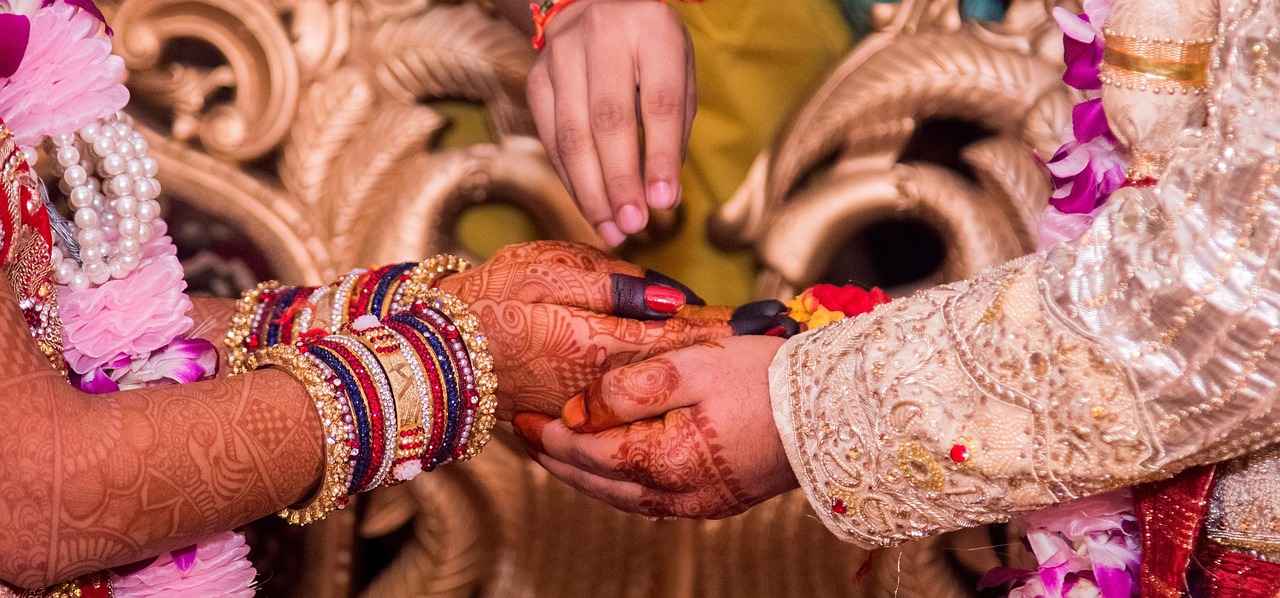
How Does Cultural Heritage Influence Jewelry Choices?
Cultural heritage is a powerful force that shapes our identities, and it plays a significant role in the choices we make regarding jewelry. Each piece of jewelry often carries with it a rich tapestry of tradition, meaning, and history unique to different cultures. This article explores the intricate connections between cultural heritage and jewelry selection, highlighting how various cultures infuse their values and beliefs into the adornments they choose.
Jewelry often serves as a reflection of cultural identity. For instance, in many African cultures, traditional jewelry is not merely decorative; it symbolizes status, wealth, and even spirituality. Beaded necklaces and intricate metalwork tell stories of ancestry and community, often passed down through generations.
Many cultures incorporate specific symbols into their jewelry that hold deep meanings. For example, in Native American cultures, jewelry often features symbols of nature, such as feathers and animals, representing spiritual connections and respect for the earth. These symbols are not just aesthetic; they serve as reminders of cultural beliefs and values.
Colors in jewelry can also carry significant cultural meanings. In many Asian cultures, the color red is associated with good fortune and happiness. As a result, red gemstones like rubies are popular choices for weddings and celebrations. This connection between color and meaning enhances the emotional value of the pieces.
Jewelry is often integral to cultural ceremonies, marking important life events such as weddings, births, and rites of passage. In Indian culture, for example, bridal jewelry is elaborate and symbolizes prosperity and good luck. Each piece worn during a wedding ceremony has specific meanings, contributing to the overall significance of the event.
While cultural heritage plays a crucial role, modern influences also shape jewelry choices. Contemporary designers often blend traditional elements with modern aesthetics, creating pieces that honor heritage while appealing to current trends. This fusion allows individuals to express their cultural identity in a way that resonates with their personal style.
Globalization has facilitated the exchange of cultural ideas, leading to a fusion of styles and meanings in jewelry. As people travel and cultures intermingle, traditional jewelry designs are adapted and reinterpreted. This evolving landscape allows for greater diversity in jewelry choices but may also challenge the preservation of original cultural meanings.
Jewelry serves as a powerful medium for cultural expression, allowing individuals to showcase their heritage and beliefs. Whether through the choice of materials, designs, or symbols, each piece can tell a story. Wearing jewelry that reflects one’s cultural background can foster a deeper connection to community and history.
In conclusion, the influence of cultural heritage on jewelry choices is profound and multifaceted. From unique traditions and symbols to the impact of globalization, jewelry serves as a canvas for expressing identity, values, and history. Understanding these connections enriches our appreciation for the adornments we wear, reminding us that they are more than just decorative items—they are a testament to our shared human experience.
What Are Traditional Wedding Jewelry Customs?
Traditional wedding jewelry customs are a fascinating reflection of cultural heritage and personal sentiments. Across the globe, these adornments signify profound meanings, representing love, commitment, and the union of two lives. From the intricacies of engagement rings to the elegance of bridal necklaces, each piece carries a unique story and symbolism that varies from one culture to another.
The engagement ring is often the first piece of wedding jewelry that couples choose, symbolizing the promise of marriage. Traditionally made with a diamond, the ring represents strength, durability, and the everlasting nature of love. In many cultures, the act of giving an engagement ring signifies a formal commitment, often accompanied by a proposal that marks the beginning of a lifelong journey together.
Bridal necklaces enhance the beauty of the bride on her special day. These pieces often feature precious metals and gemstones, each selected for their significance. For instance, pearls are commonly associated with purity and innocence, while sapphires symbolize fidelity. The choice of necklace can reflect personal style and cultural traditions, adding a layer of meaning to the wedding attire.
Wedding bands are a universal symbol of love and commitment, but their designs and materials can differ widely. In Western cultures, simple gold or platinum bands are popular, while in other cultures, intricate designs may incorporate local craftsmanship and materials. For example, in some Indian traditions, wedding bands are adorned with intricate carvings and colored gemstones, showcasing the couple’s heritage.
Cultural traditions significantly influence the choice of wedding jewelry. In many cultures, specific pieces are worn to symbolize different aspects of marriage. For instance, in Jewish weddings, the bride often wears a chuppah, which can be adorned with meaningful jewelry. Similarly, in African cultures, traditional jewelry often includes beads that represent the bride’s family lineage and status.
Many couples choose to incorporate family heirlooms into their wedding jewelry. These pieces often carry sentimental value and connect the couple to their family history. For instance, a grandmother’s ring may be passed down to the bride, representing the continuity of love and commitment through generations. This practice not only honors family traditions but also adds a personal touch to the wedding ceremony.
- Chinese Weddings: In Chinese culture, the bride often wears a red dress and gold jewelry, symbolizing wealth and good fortune.
- Indian Weddings: Bridal jewelry often includes elaborate pieces such as maang tikka and nath, which are rich in symbolism and tradition.
- Scottish Weddings: The groom may wear a claddagh ring, which symbolizes love, loyalty, and friendship.
In conclusion, traditional wedding jewelry customs are deeply rooted in cultural significance and personal stories. Each piece, from engagement rings to bridal necklaces, plays a vital role in the celebration of love and commitment. By understanding these traditions, couples can make informed choices that honor their heritage while creating new memories together.
How Do Ancestral Symbols Influence Modern Jewelry Designs?
Jewelry has always been more than just an adornment; it serves as a powerful medium of expression and connection to our roots. In recent years, there has been a notable resurgence in the incorporation of ancestral symbols within modern jewelry designs. These symbols are not only visually striking but also rich in meaning, reflecting a deep connection to heritage and culture.
Throughout history, jewelry has played a vital role in cultural identity. Ancestral symbols often represent family lineage, spiritual beliefs, and cultural narratives. By integrating these symbols into contemporary designs, jewelers pay homage to traditions while appealing to a modern audience. These symbols can range from tribal motifs to ancient scripts, each telling a unique story.
Modern jewelry designers are increasingly embracing ancestral symbols, often blending them with contemporary aesthetics. This fusion creates pieces that are not only stylish but also meaningful. For instance, a necklace featuring a traditional tribal pattern may be crafted with modern materials like stainless steel or resin, making it both durable and fashionable.
- Connection to Heritage: Wearing jewelry that features ancestral symbols allows individuals to express their cultural identity.
- Conversation Starters: Unique designs often spark interest and discussions, allowing wearers to share their heritage.
- Emotional Significance: Such pieces can carry personal stories, making them treasured family heirlooms.
Incorporating ancestral symbols into personal style can enhance one’s wardrobe by adding layers of meaning. For many, these symbols serve as a reminder of their roots and beliefs, enabling them to carry a piece of their culture wherever they go. Moreover, the unique designs attract attention, allowing wearers to stand out in a crowd.
Yes, certain symbols have gained popularity in modern jewelry design due to their universal appeal and rich meanings. For example:
- Infinity Symbols: Representing eternal love and connection.
- Tree of Life: Symbolizing growth, strength, and interconnectedness.
- Spirals: Often associated with the journey of life and personal evolution.
When selecting jewelry featuring ancestral symbols, consider the following:
- Research the Symbol: Understand its meaning and cultural significance.
- Quality of Craftsmanship: Look for well-made pieces that reflect the importance of the symbol.
- Personal Connection: Choose symbols that resonate with your own heritage or beliefs.
In conclusion, the integration of ancestral symbols in modern jewelry design not only honors traditions but also enriches the personal narratives of wearers. These pieces serve as a bridge between the past and the present, allowing individuals to express their identity and values through their adornments. As the trend continues to grow, it is evident that jewelry will remain a vital form of cultural expression, celebrating the stories that shape us.
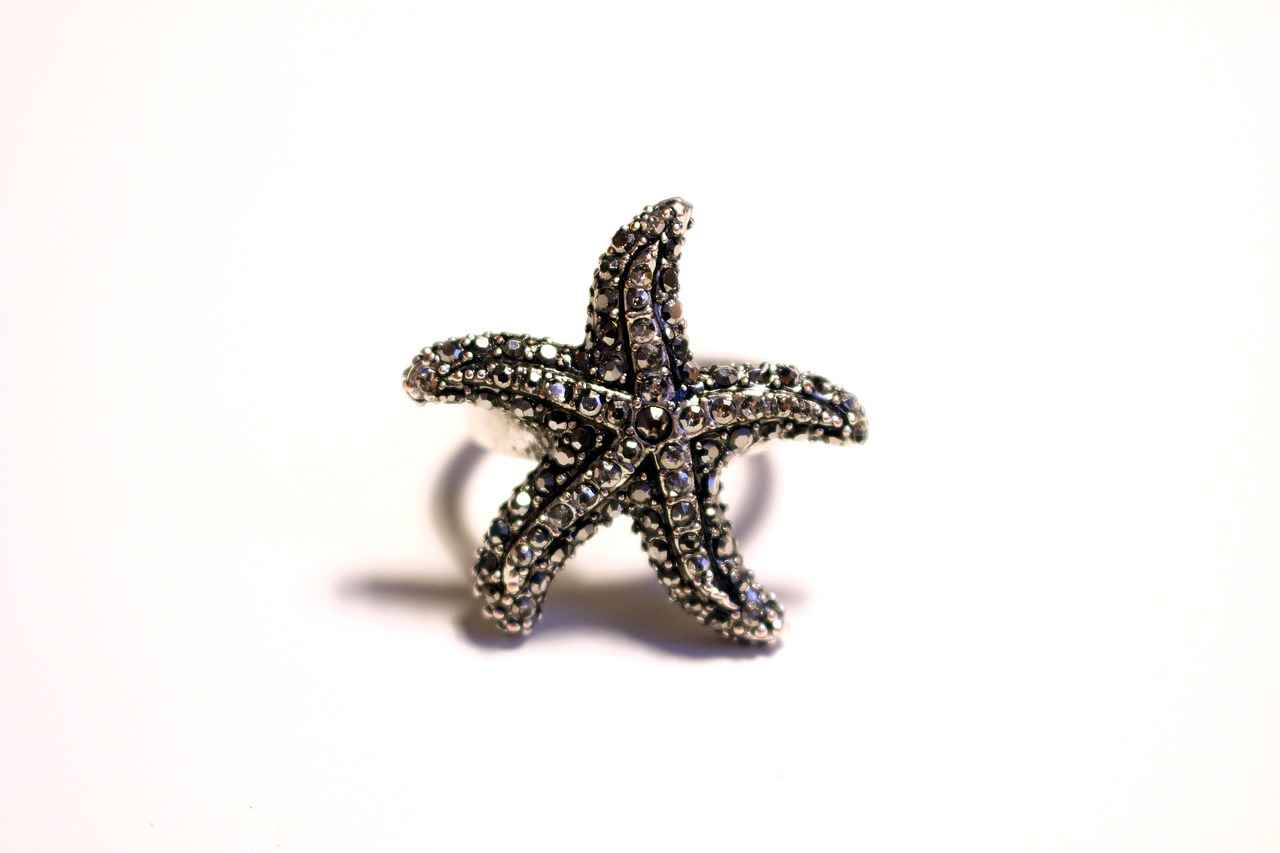
What Is the Meaning Behind Statement Jewelry?
Statement jewelry has emerged as a powerful form of self-expression in the world of fashion. Unlike traditional pieces that often blend into the background, statement jewelry is designed to be bold and eye-catching. This type of jewelry serves not only as an accessory but also as a reflection of personal style, cultural identity, and emotional depth.
What sets statement jewelry apart is its ability to draw attention and provoke conversation. These pieces often feature large gemstones, intricate designs, or unconventional materials, making them stand out in any setting. By wearing statement jewelry, individuals can showcase their creativity and individuality, allowing them to communicate their unique personality and tastes.
Wearing statement jewelry can significantly boost one’s confidence. The act of donning a striking necklace or oversized earrings can transform an outfit and enhance the wearer’s self-esteem. This jewelry often serves as a conversation starter, allowing the wearer to engage with others and express their opinions or ideas. In many cases, the boldness of the jewelry reflects an inner strength, making a powerful statement about self-empowerment.
In various cultures, statement jewelry carries deep-rooted meanings. For instance, indigenous cultures often use vibrant colors and unique designs to represent their heritage. Wearing such pieces can signify pride in one’s background and a connection to cultural traditions. Additionally, statement jewelry can be used to commemorate significant life events, such as graduations or anniversaries, making it a meaningful addition to one’s collection.
As fashion trends evolve, so does the definition of statement jewelry. Designers continuously push boundaries, creating pieces that challenge conventional norms. This evolution means that statement jewelry often reflects current societal values and aesthetics. For example, the rise of sustainability has led to the popularity of upcycled materials in jewelry design, allowing wearers to make a bold statement about their commitment to the environment.
When selecting statement jewelry, personal style plays a crucial role. Some individuals may prefer minimalist designs that still make a statement, while others may gravitate towards extravagant, colorful pieces. Understanding one’s personal style can help individuals choose jewelry that not only enhances their outfits but also aligns with their personality. This choice can be empowering, as it allows wearers to curate their image and express themselves authentically.
Styling statement jewelry effectively can elevate an outfit for any occasion. For casual outings, pairing a bold necklace with a simple t-shirt can create a chic look without overwhelming the ensemble. For formal events, statement earrings can add glamour to an elegant dress, making the wearer shine. The versatility of statement jewelry allows it to be adapted for both day and night, making it a valuable asset in any wardrobe.
Many view statement jewelry as a form of art due to its intricate designs and the skill involved in its creation. Artisans often pour their creativity and craftsmanship into each piece, making them unique works of art. This artistic aspect adds another layer of meaning to statement jewelry, as it embodies not only personal expression but also the talent and imagination of the creator.
In conclusion, statement jewelry is more than just an accessory; it is a powerful tool for self-expression, cultural representation, and personal empowerment. With its ability to convey messages of confidence and individuality, statement jewelry continues to captivate fashion enthusiasts and inspire creativity.
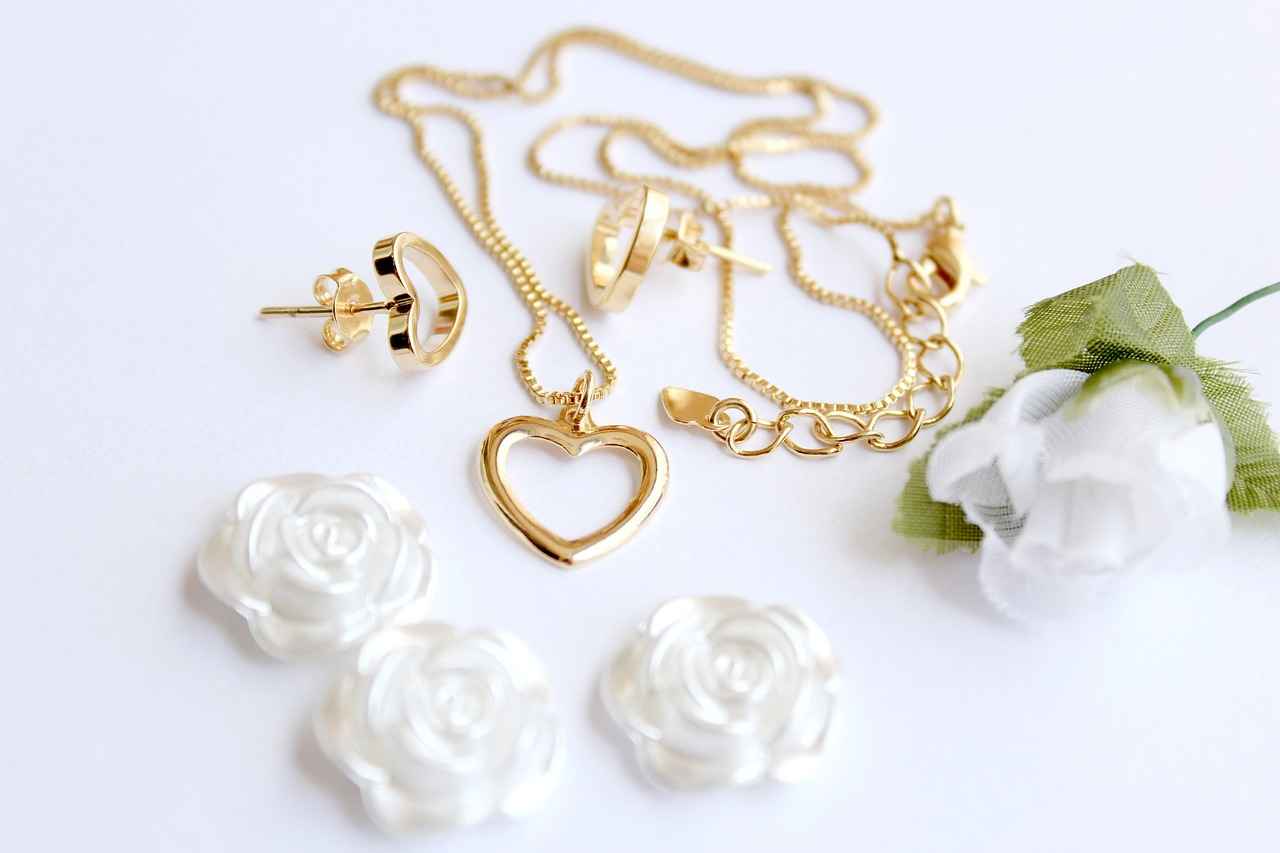
How Do Fashion Trends Shape Jewelry Significance?
The world of jewelry is not just about aesthetics; it is a reflection of cultural shifts, personal expressions, and, importantly, fashion trends. Fashion trends significantly influence jewelry meanings, as styles evolve and adapt to societal changes. This dynamic interplay between fashion and jewelry creates a rich tapestry of significance that varies from one era to another.
Jewelry styles often mirror the prevailing fashion trends. For instance, during the Art Deco era, geometric designs and bold colors were in vogue, and jewelry from this period embodies the spirit of modernity and luxury. In contrast, the bohemian styles of the 1960s and 70s emphasized natural materials and free-spirited designs, reflecting a societal shift towards individuality and self-expression.
In today’s digital age, social media platforms like Instagram and Pinterest have become powerful influencers of jewelry trends. Jewelry pieces showcased by influencers often gain immense popularity, leading to what is known as fast fashion. This phenomenon can alter the significance of certain pieces, as consumers may prioritize trends over traditional meanings.
Celebrity endorsements can dramatically shift public perceptions of jewelry. When a high-profile figure wears a particular piece, it can become a symbol of status and desirability. For example, the engagement ring worn by a famous actress can set off a surge in similar styles, transforming the ring from a personal symbol of love into a trending fashion item.
Fashion trends often incorporate cultural symbols, which can change their meanings over time. For instance, a piece featuring traditional motifs may initially represent cultural heritage but can evolve into a fashion statement, losing some of its original significance. This evolution highlights the complex relationship between cultural identity and contemporary fashion.
As sustainability becomes a key concern in fashion, jewelry made from recycled materials or ethically sourced gemstones is gaining traction. This shift not only reflects changing consumer values but also imbues these pieces with deeper meanings associated with environmental consciousness and social responsibility.
Fashion trends also encourage individuals to express their unique identities through jewelry. Statement pieces, such as oversized earrings or chunky bracelets, allow wearers to showcase their personalities. As trends evolve, the significance of these items can shift from mere fashion accessories to powerful symbols of self-expression.
Looking forward, trends such as customization and technology integration are poised to reshape the jewelry landscape. Personalized jewelry that reflects individual stories and experiences is becoming increasingly popular, suggesting a return to meaning-driven choices in an age of mass production.
In conclusion, the significance of jewelry is continually shaped by fashion trends, societal changes, and personal expressions. As we navigate this ever-evolving landscape, understanding the underlying meanings can enhance our appreciation for these timeless adornments.
Frequently Asked Questions
- What does gold jewelry symbolize?
Gold jewelry is often seen as a representation of wealth and prosperity. Its lasting nature signifies permanence and value, making it a popular choice for important milestones in life.
- Why is silver jewelry considered a classic choice?
Silver jewelry embodies elegance and simplicity. Its versatility allows for a wide range of designs, making it a staple in various cultures, symbolizing purity and clarity.
- What significance do gemstones hold in jewelry?
Gemstones are not just visually stunning; they carry deep meanings. Each type of stone has unique properties and symbolism that can influence emotions and energies for the wearer.
- How do birthstones relate to personal identity?
Birthstones are associated with specific months and are believed to bring good luck. They often reflect personal identity and can hold sentimental value, connecting the wearer to their birth month.
- What role do healing crystals play in jewelry?
Healing crystals, often integrated into jewelry, are thought to possess metaphysical properties. Many people wear them for emotional well-being and spiritual growth, enhancing their overall life experience.
- How does cultural heritage influence jewelry choices?
Cultural heritage significantly impacts jewelry selection. Different cultures have unique traditions and meanings associated with specific pieces, showcasing identity and history.
- What are some traditional wedding jewelry customs?
Wedding jewelry varies around the world, often rich in symbolism. From engagement rings to bridal necklaces, these pieces represent love, commitment, and cultural beliefs.
- How do ancestral symbols influence modern jewelry designs?
Many contemporary jewelry designs incorporate ancestral symbols, reflecting a connection to heritage. These designs honor traditions while appealing to modern aesthetics.
- What does statement jewelry represent?
Statement jewelry is bold and eye-catching, often used to express individuality. It reflects personal style and can convey messages about confidence and empowerment.
- How do fashion trends impact jewelry significance?
Fashion trends greatly influence the meanings of jewelry. As styles evolve, the significance of certain pieces can shift, reflecting societal changes and personal expressions.

